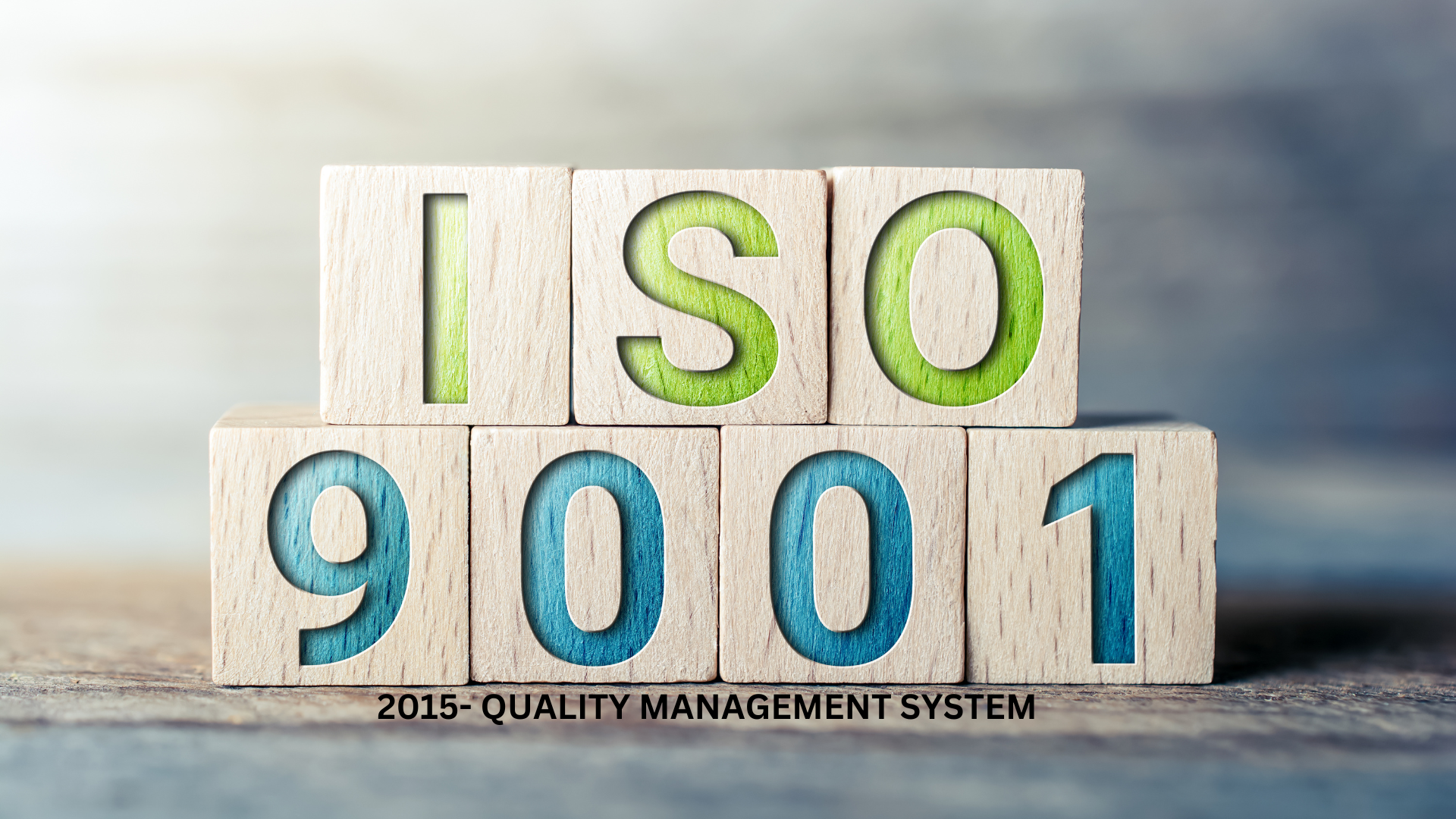
ISO 9001:2015- Quality Management System
ISO 9001 is a globally recognized standard for quality management. It helps organizations of all sizes and sectors to improve their performance, meet customer expectations and demonstrate their commitment to quality. Its requirements define how to establish, implement, maintain, and continually improve a quality management system. Implementing ISO 9001 means your organization has put in place effective processes and trained staff to deliver flawless products or services time after time.
Benefits from ISO 9001: 2015
- Better management of core business processes
- Increased awareness of quality among staff.
- Improved productivity and quality.
- Improved internal communications.
- Reduced wastage and cost per unit/service
- Consistent quality
ISO 14001:2015- Environmental Management System
ISO 14001 is the internationally recognized standard for environmental management systems (EMS). It provides a framework for organizations to design and implement an EMS, and continually improve their environmental performance. By adhering to this standard, organizations can ensure they are taking proactive measures to minimize their environmental footprint, comply with relevant legal requirements, and achieve their environmental objectives. The framework encompasses various aspects, from resource usage and waste management to monitoring environmental performance and involving stakeholders in environmental commitments.
Benefits of ISO 14001:2015
- Improvements in overall environmental performance and compliance.
- Facilitates obtaining Environmental Clearances from regulatory organizations.
- Provides a framework for using pollution prevention practices to meet EMS objectives.
- Increased efficiency and potential cost savings when managing environmental obligations.
- Gives competitive advantage to avoid international trade barriers.
- Reduction of costs associated with emissions, discharges, waste handling, transport & disposal.


ISO 45001:2018- Occupational Health and Safety Management System
ISO 45001 is an international standard that specifies requirements for an occupational health and safety (OH&S) management system. It provides a framework for organizations to manage risks and improve OH&S performance.he standard establishes criteria for an OH&S policy, objectives, planning, implementation, operation, auditing and review. Key elements include leadership commitment, worker participation, hazard identification and risk assessment, legal and regulatory compliance, emergency planning, incident investigation and continual improvement. ISO 45001 utilizes the Plan-Do-Check-Act methodology to systematically manage health and safety risks. It applies to organizations of all sizes and can be integrated with other ISO management system standards.
Benefits from ISO 45001:2018
- Help eliminate or minimize risk to employees and other interested parties who may be exposed to OH&S risks.
- Demonstrate an innovative and forward-thinking approach towards health and safety management.
- Higher productivity and working quality
- Minimizing of fees and penalties in occupational health and safety performance
- Increasing of satisfaction and loyalty of workers
- A tool for information obtaining important for planning and objectives establishment
- Improvement in organizational ethical standards.
22000:2018 – Food Safety Management System
ISO 22000 is an international standard that specifies the requirements for a food safety management system (FSMS). It is designed to ensure that organizations in the food chain can consistently provide safe products and services. The standard integrates the principles of the Hazard Analysis and Critical Control Point (HACCP) system and application steps developed by the Codex Alimentarius Commission. It combines generally recognized key elements to ensure food safety along the food chain, including interactive communication, system management, and prerequisite programs.
The benefit of implementing ISO 22000 certification
- Minimizes the experience of low-quality and health risk foods
- Increases food safety in the entire food Safety industry
- It Provides a food safety audit by an independent third party services
- Increases trust by the public, industry and the public sector
- Increase the profits
- Control and eliminate food safety risks
- Continually improve the processes needed to provide food safe
- Built clients confidence on your ability to control any food safety hazards
- Ensure sustainable food safety
- Promote international trade
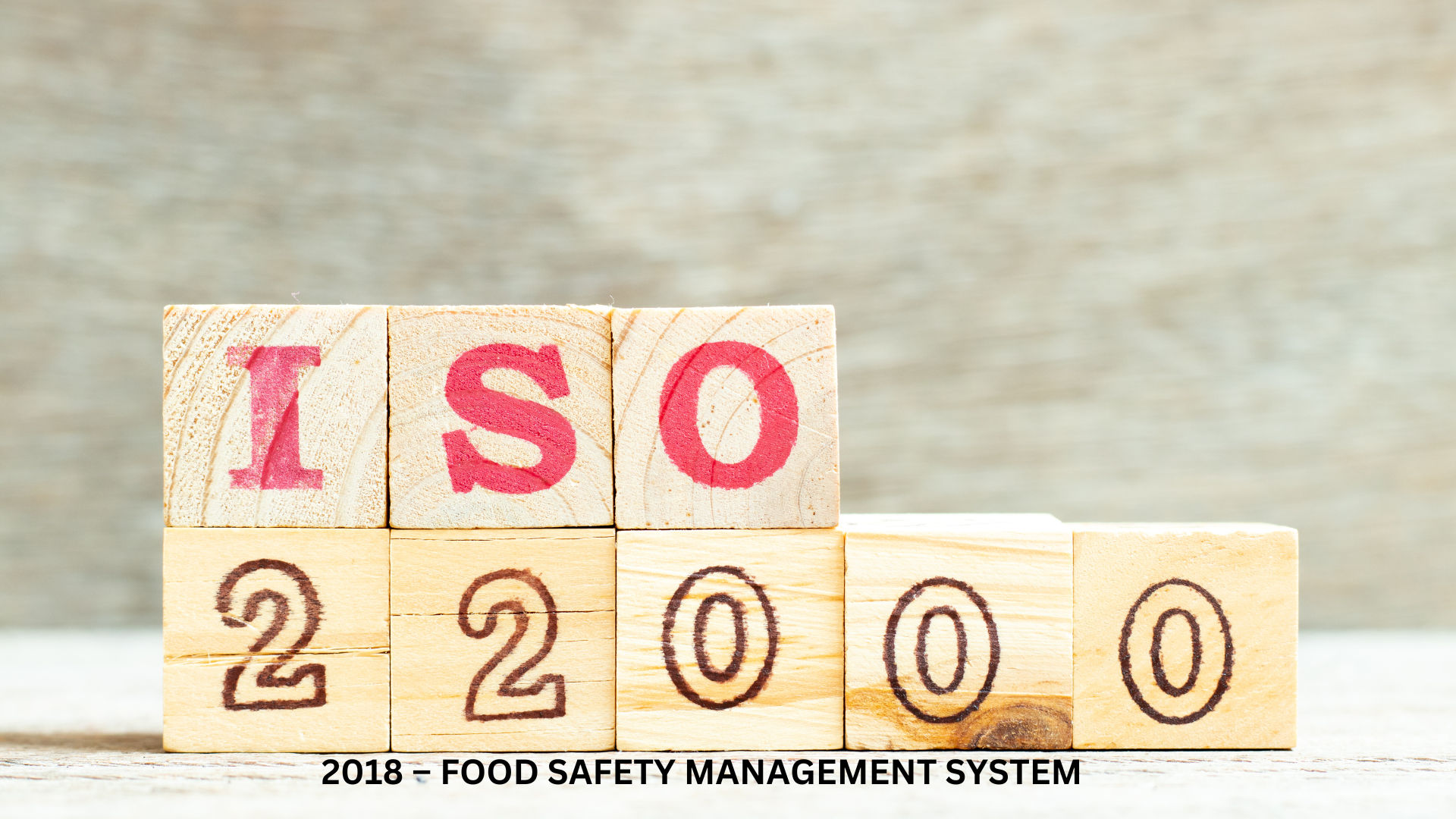

27001:2022 – Information Security Management System
ISO/IEC 27001 is the world's best-known standard for information security management systems (ISMS). It defines requirements an ISMS must meet. The ISO 27001 standard provides organization of any size and from all sectors of activity with guidance for establishing, implementing, maintaining and continually improving an information security management system. Conformity with ISO 27001 means that an organization or business has put in place a system to manage risks related to the security of data owned or handled by the organization and that this system respects all the best practices and principles enshrined in this International Standard.
The benefits of implementing ISO 27001:2022 certification are:
- A valuable framework for resolving security issues
- Enhancement of the credibility of any company
- Risk management in security implementation
- Enhancement of security awareness in an organization
- Assists in the developing best practices
- Reduces possibility of fraud or any other risk
- Getting new business opportunities
ISO 26000- Corporate Social Responsibility
ISO 26000 is defined as the international standard developed to help organizations effectively assess and address social responsibilities that are relevant and significant to their mission and vision; operations and processes; customers, employees, communities, and other stakeholders; and environmental impact.
The benefits of implementing ISO 26000 certification are:
- Key benefits to date include
- Improved relationship with stakeholders
- Greater client satisfaction
- Increased staff engagement and motivation
- Reduced carbon emissions
- Reduced water and energy consumption and paper use
.png)

50001:2018– Energy Management System
ISO 50001 is a global standard for energy management systems (EnMS) that helps organizations reduce their energy consumption, greenhouse gas emissions, and environmental impact.
The benefits of implementing ISO 50001 certification are:
- Reducing energy consumption
- Cost Reduction
- Reduced air emissions, such as greenhouse gases;
- Increased Awareness
- Improved management and decision making
- Reduced operational and overhead costs lead to increased profitability;
- Increased assurance of legal, internal compliance;
- Variables affecting energy use and consumption are identified, and
- Increased understanding of energy use and consumption via communication.
31001:2018– Risk Management System
SO 31001:2018 is an international standard that provides principles and guidelines for risk management. It helps organizations manage and minimize risks, improve governance, and make informed decisions. The Organization applies to most business activities, including planning, management operations, and communication processes.
The key benefits of implementing ISO 31000 include:
- Identify business, operational, external, internal, and workplace risks in a standardised process
- Common understanding of risk principles across key stakeholders in an organisation
- Realise potential opportunities
- Identify risk appetite and risk culture of the organisation
- Align business objectives based upon risk appetite
- Allocate resources more efficiently aligned with perceived risk levels
- More efficient business operation
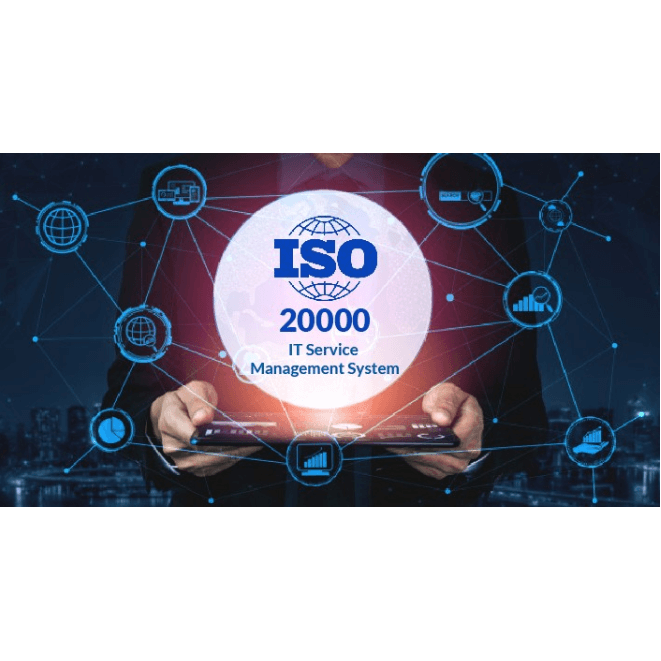
ISO/IEC- 20000-2011 – IT Service Management System
ISO/IEC 20000-1:2011 is an international standard that defines requirements for an organization's IT service management system (SMS). It Helps organizations deliver quality IT services to customers.
The key benefits of implementing ISO/IEC 20000 include:
- Increase Operational Efficiency
- Save Money across IT Operations
- Minimise Risks of IT Changes
- Improve Employee Productivity
- Improve Asset Management
- Resolve Problems Faster
- Improve Customer Satisfaction
- Reduce Spending
- Improve Service Quality
ISO 28000– Supply Chain Security Management System
ISO 28000 focuses on aspects critical to manage and assure security risks. This may include financing, manufacturing, information management and transportation, in-transit storage and warehousing of goods. Originally devised to cover only the supply chain, the revised 2022 version can be used throughout all aspects of security of the organization. ISO 28000 – 2022 employs the Plan-Do-Check-Act (PDCA) model to planning, establishing, implementing, operating, monitoring, reviewing, maintaining and continually improving the effectiveness of an organization’s security management system. The standard is applicable to organizations of all sizes and types intending to establish maintain and improve a security management system.
The benefits of implementing ISO 28001 include:
- Providing a framework for systematically identifying and assessing security risks associated with the supply chain
- Promoting continuous improvement to stay ahead of potential threats
- Meeting regulatory requirements and complying with industry standards
- Protecting an organization’s reputation and maintaining trust with customers.
- Enhanced Supply Chain Performance
- Prove your advanced approach to transport security
- Prevent running up cost for multiple certifications.
- Prevent yourself as a professional partners to customers, authorities and investors.
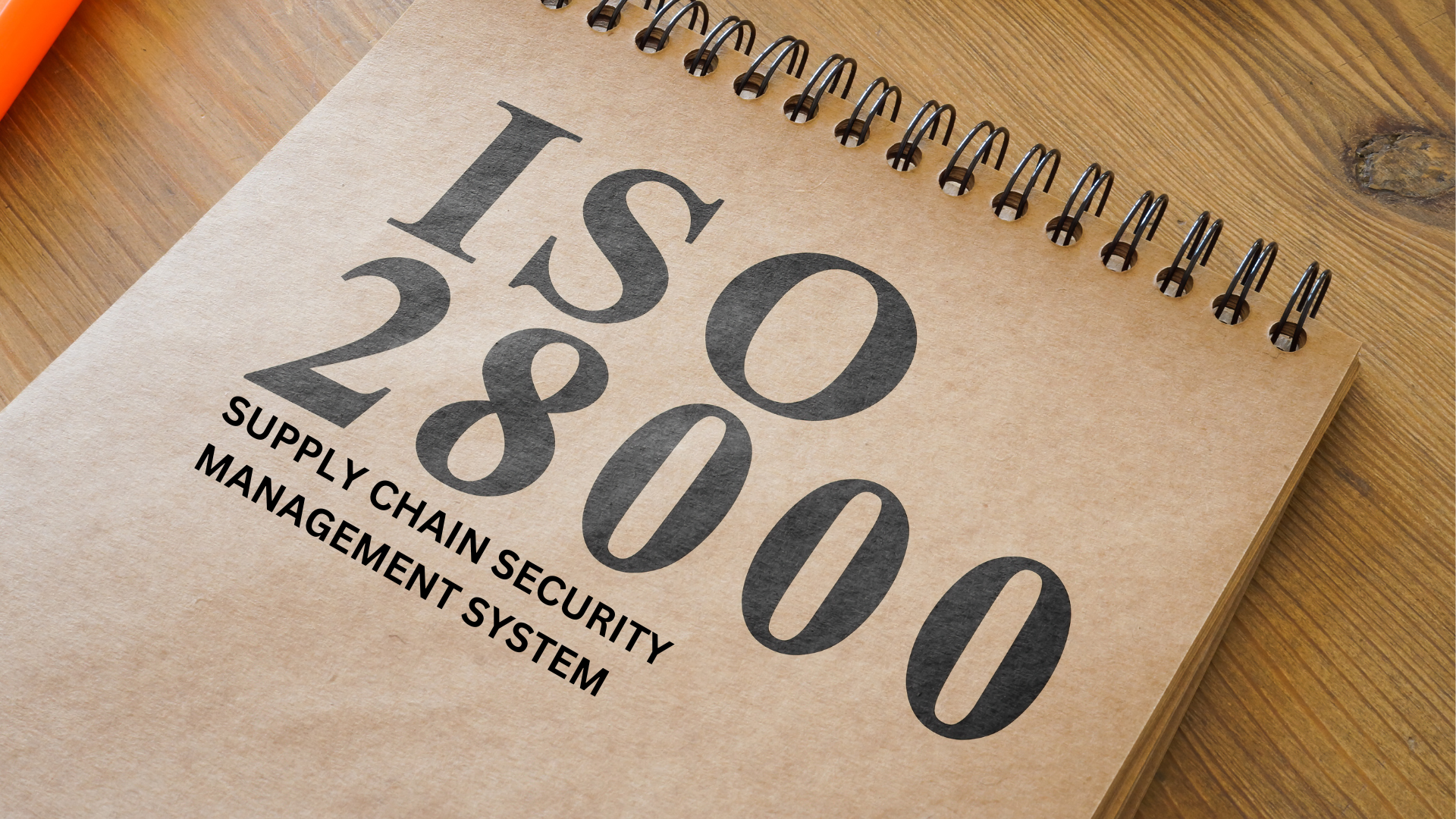
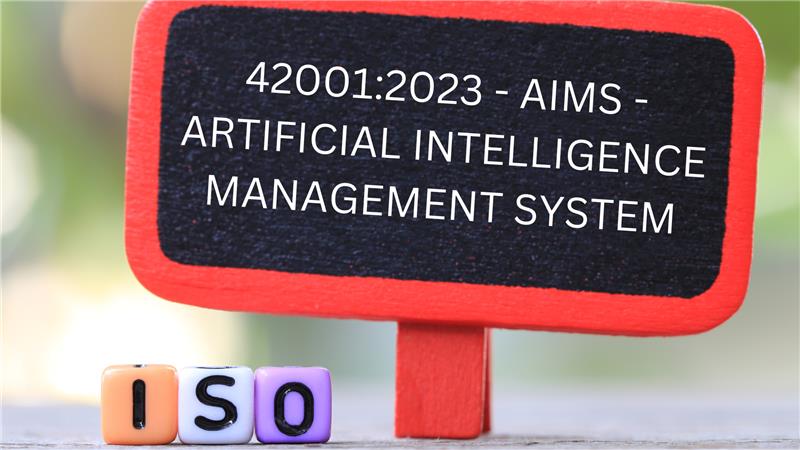
ISO 42001:2023- AIMS — Artificial intelligence Management system
An AI management system, as specified in ISO 42001, is a set of interrelated or interacting elements of an organization intended to establish policies and objectives, as well as processes to achieve those objectives, in relation to the responsible development, provision or use of AI systems. ISO/IEC 42001 specifies the requirements and provides guidance for establishing, implementing, maintaining and continually improving an AI management system within the context of an organization.
Benefits:
- Build trust and brand recognition
- Stay ahead of the curve and future-proof their business
- Achieve compliance
- Manage risks and enhance efficiency
- Navigate the evolving regulatory landscape with confidence
- Support compliance with emerging AI legal and regulatory standards
- Contribute to advancing gender equality, fostering innovation, and supporting economic growth